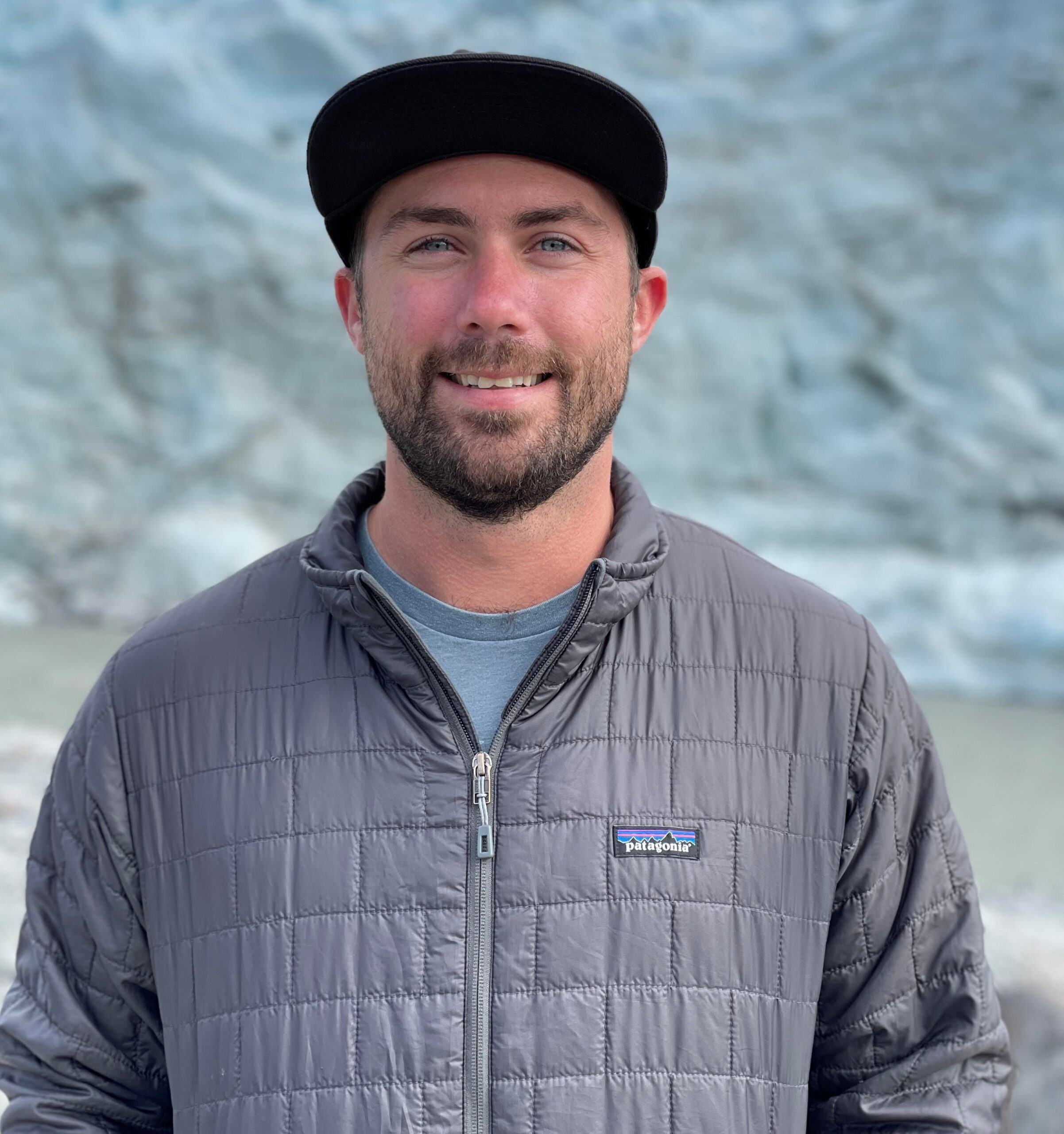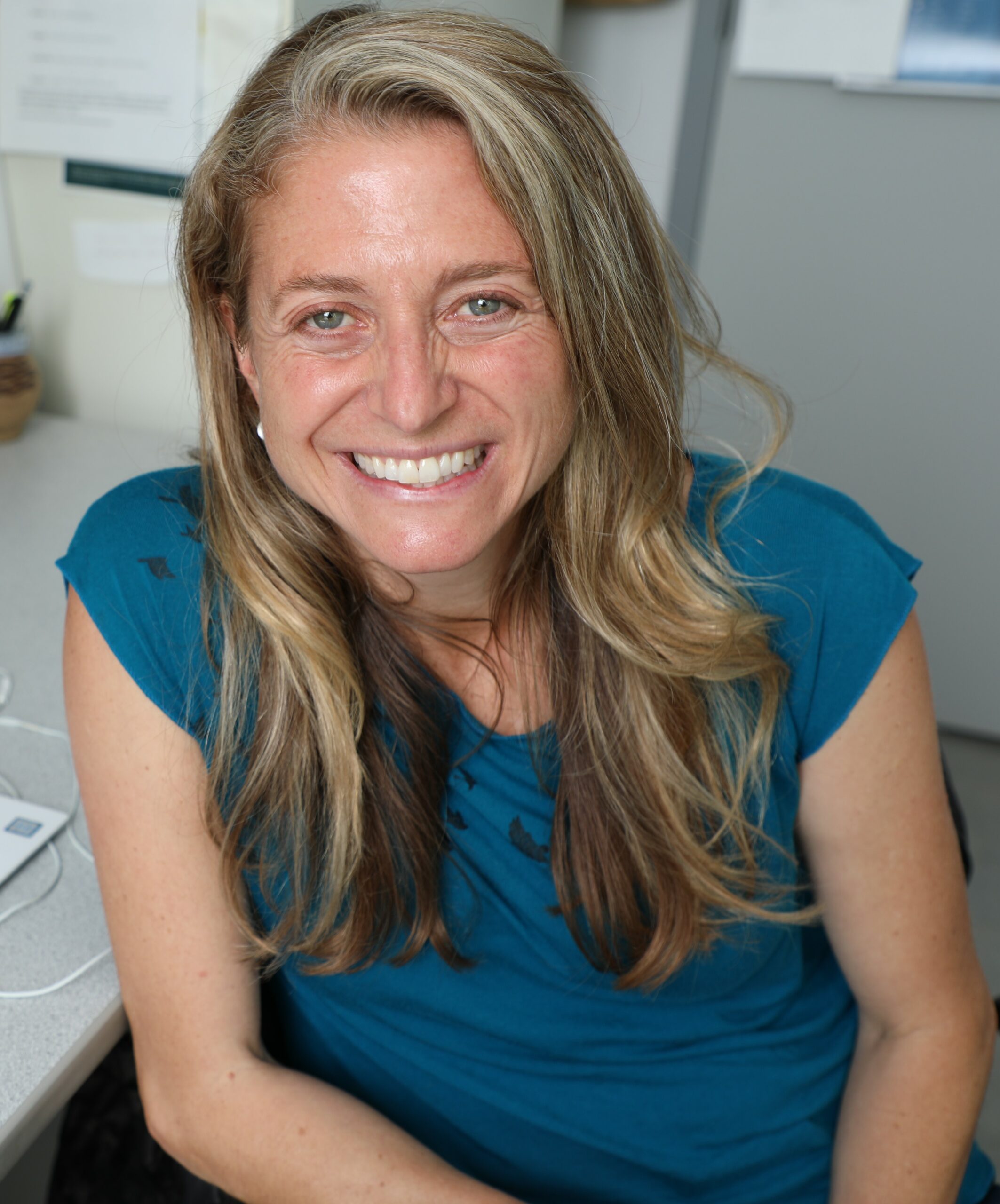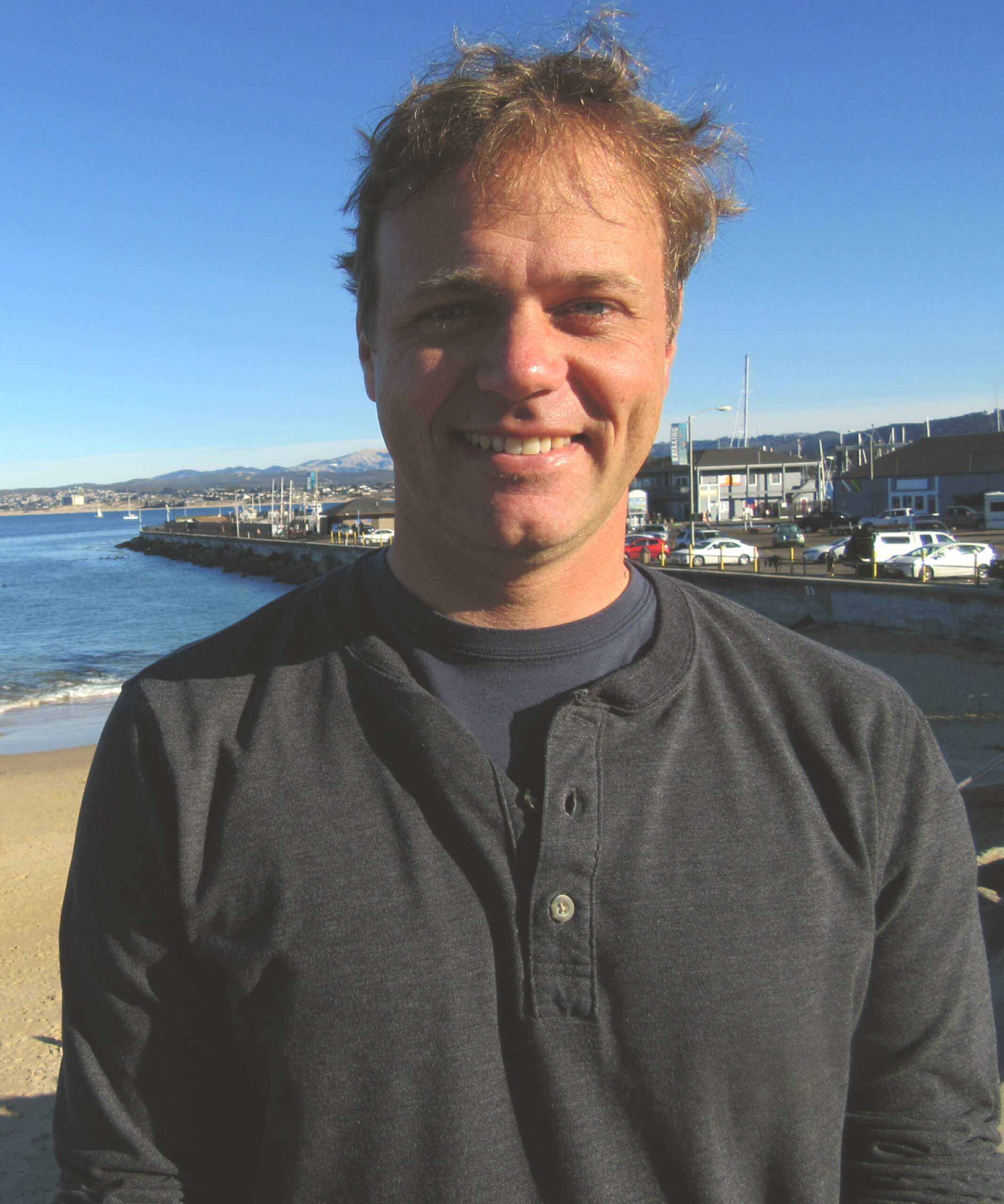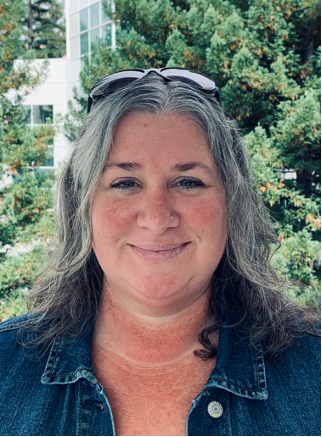
Abstract:
The Greenland ice sheet is the largest mass of ice in the northern Hemisphere, comprising more than 200 glaciers and enough ice to raise sea level by over 25 feet. In the past several decades, the ice sheet has been melting, contributing to sea level rise, and causing changes in biological productivity in the regional ocean around the ice sheet. In this talk, I will start by providing an overview of the main drivers of Greenland ice loss and uncertainties in our future projections of overall sea level rise. Next, I will highlight some of my recent observational and modeling work to better constrain future sea level projections resulting from Greenland ice melt. I will conclude my talk with a description of some new efforts to investigates changes in phytoplankton growth around the ice sheet and couple regional ocean models with biogeochemistry. This talk will highlight collaborations with scientists at all levels including undergraduates at SJSU, graduate students at MLML, and scientists at MLML and NASA.
Bio:
Mike is a (relatively) new professor at MLML, starting in January 2023. He holds a joint appointment with the SJSU Department of Computer Science and is in the process of starting up a Computational Oceanography lab at MLML. Mike is interested in any topic that uses satellites observations, numerical ocean models, and in situ observation to further our understanding of the ocean and its role in climate change. His main research activities are currently focused on ice-ocean-biology interactions and sea level rise from the Greenland ice sheet. Being a California kid, Mike enjoys surfing and climbing when he can get a break from prepping classes or debugging code.




